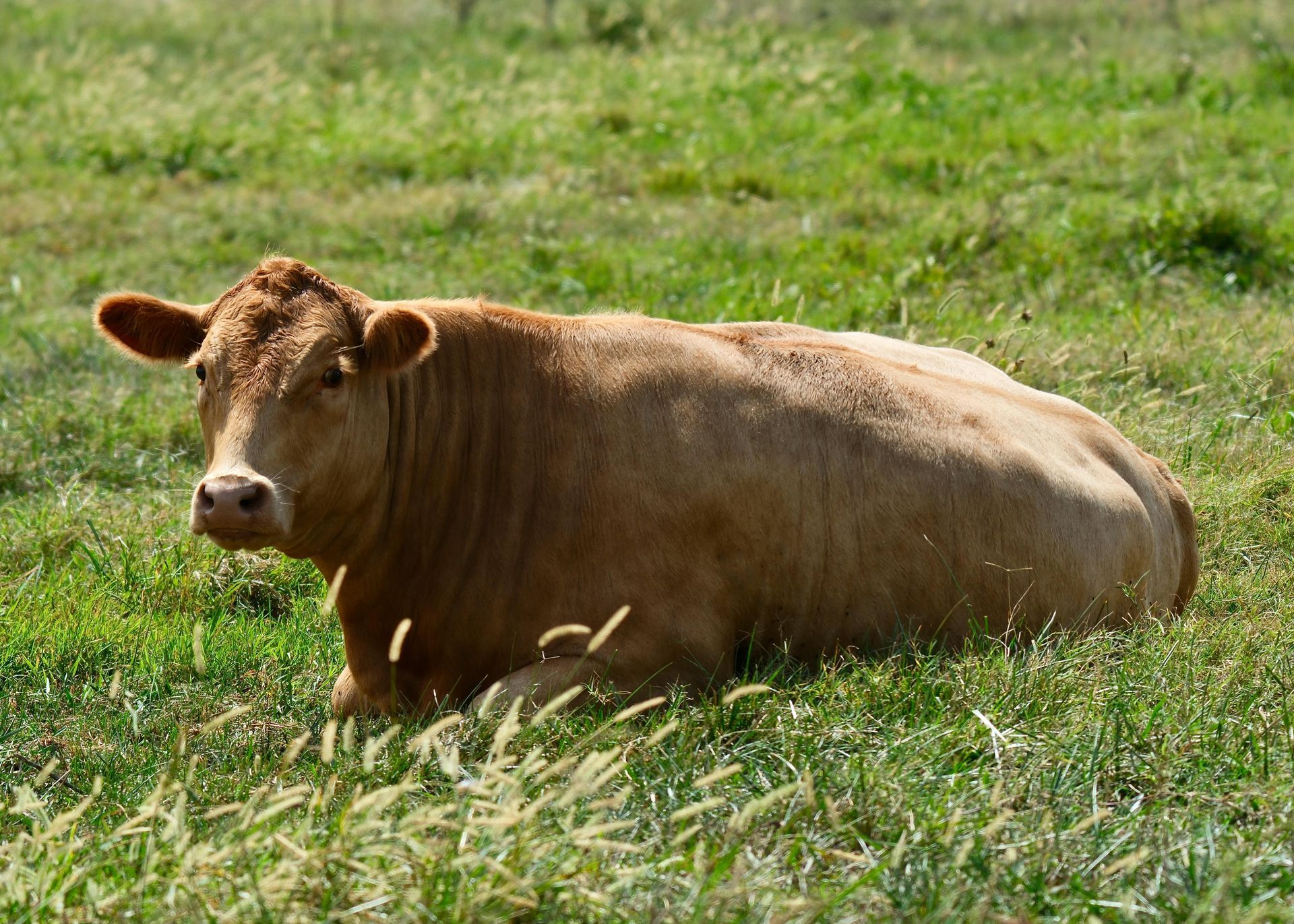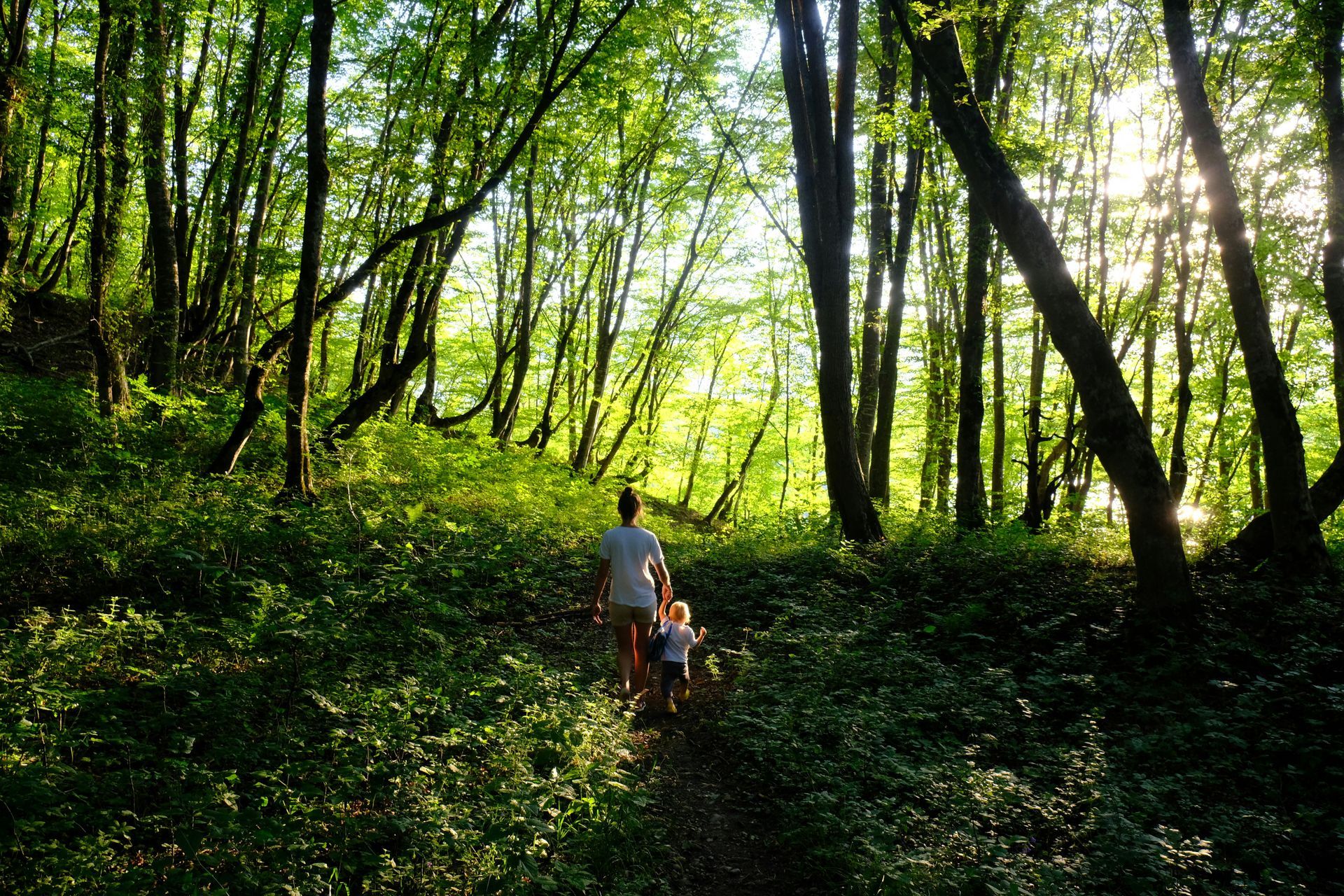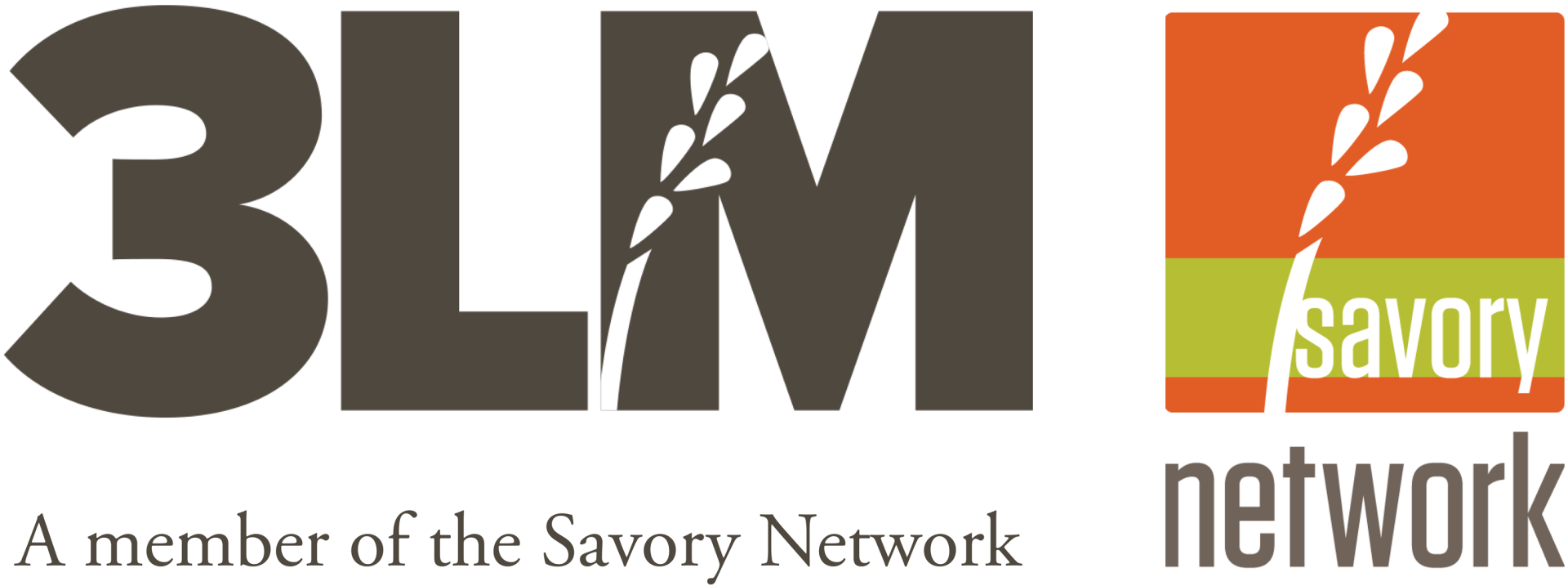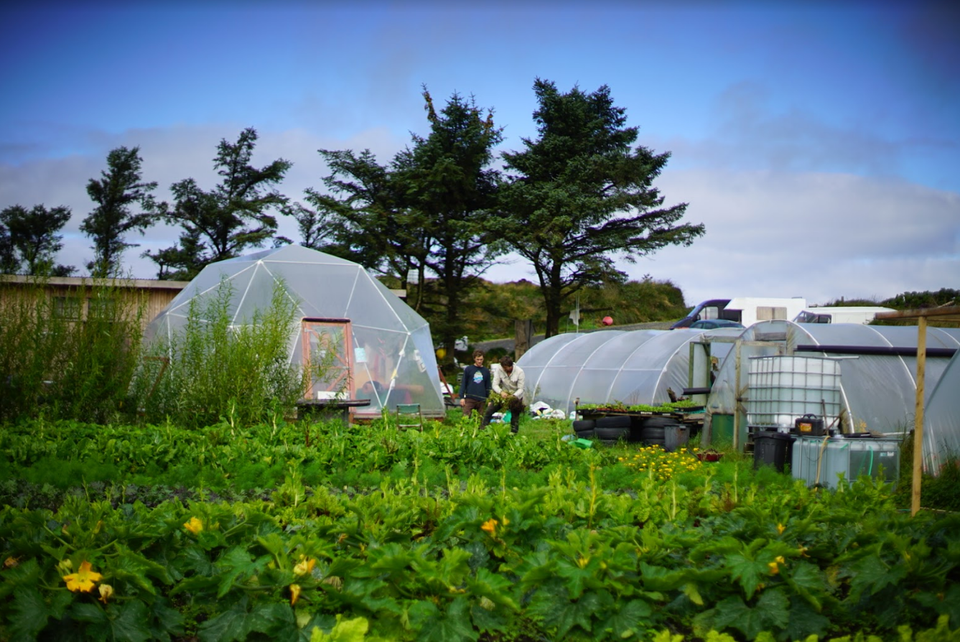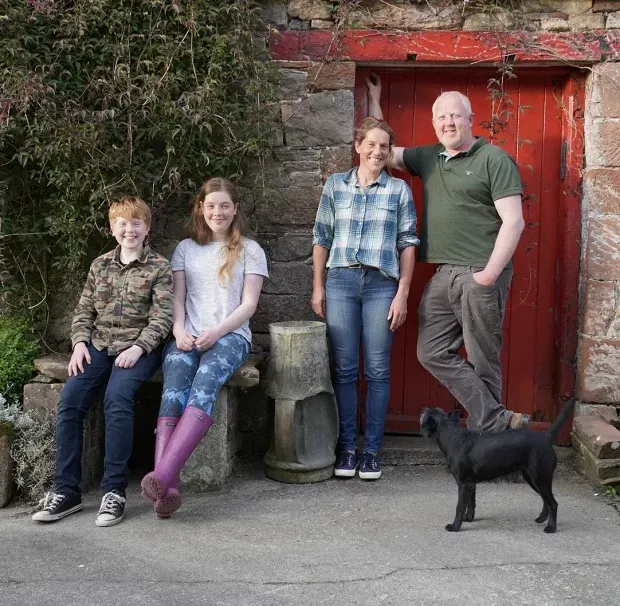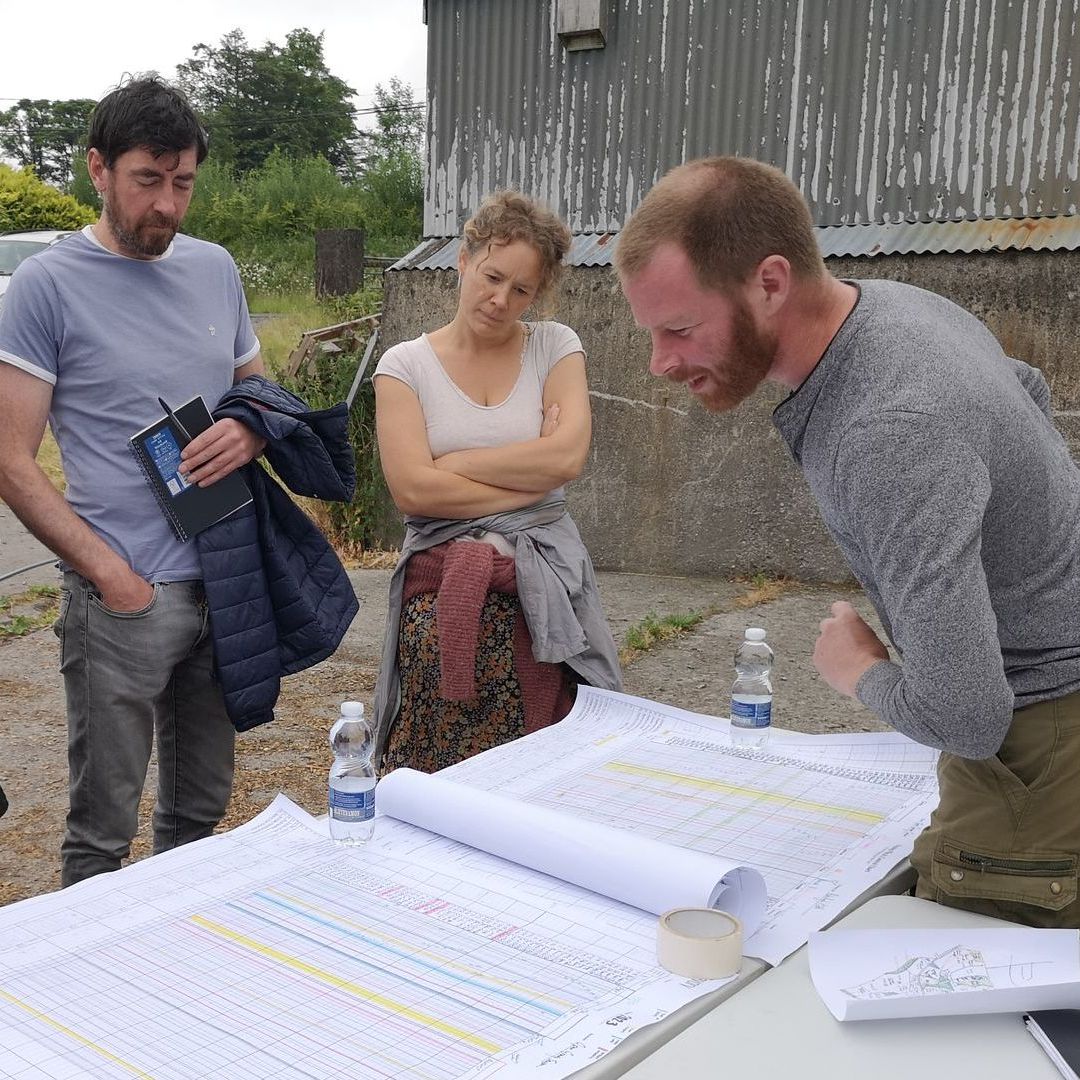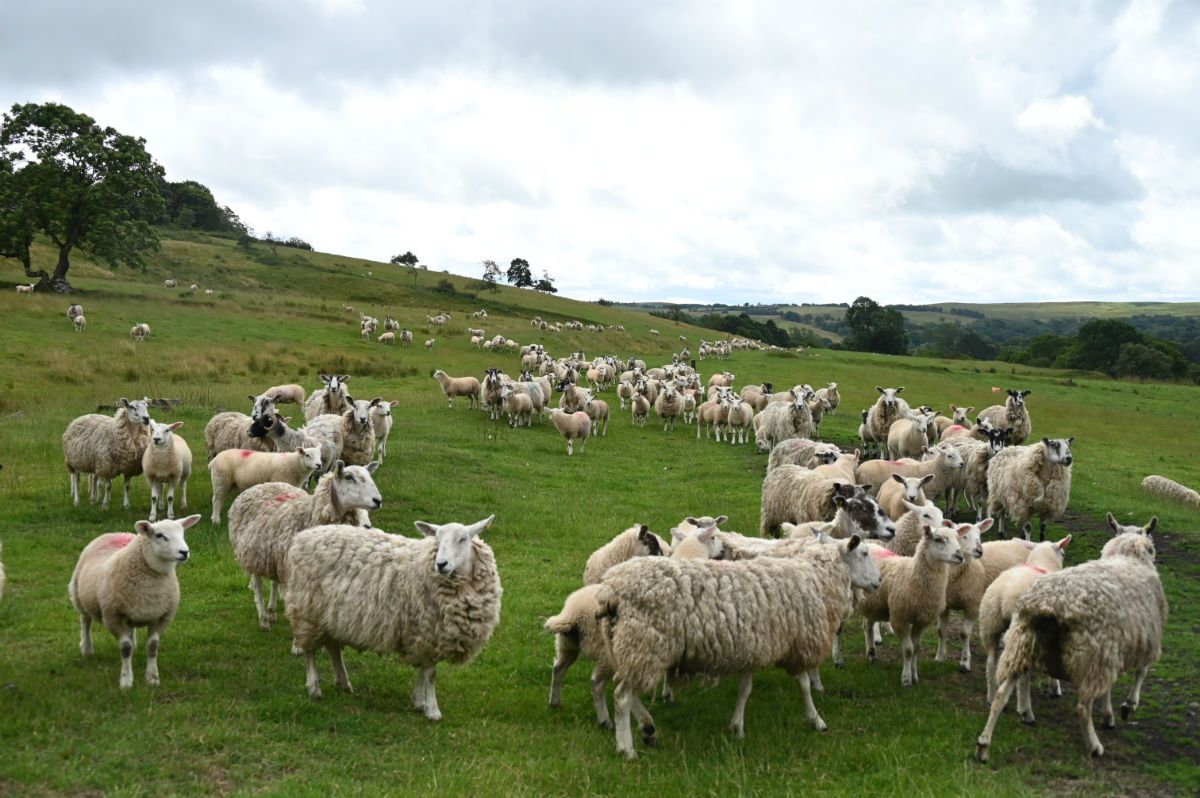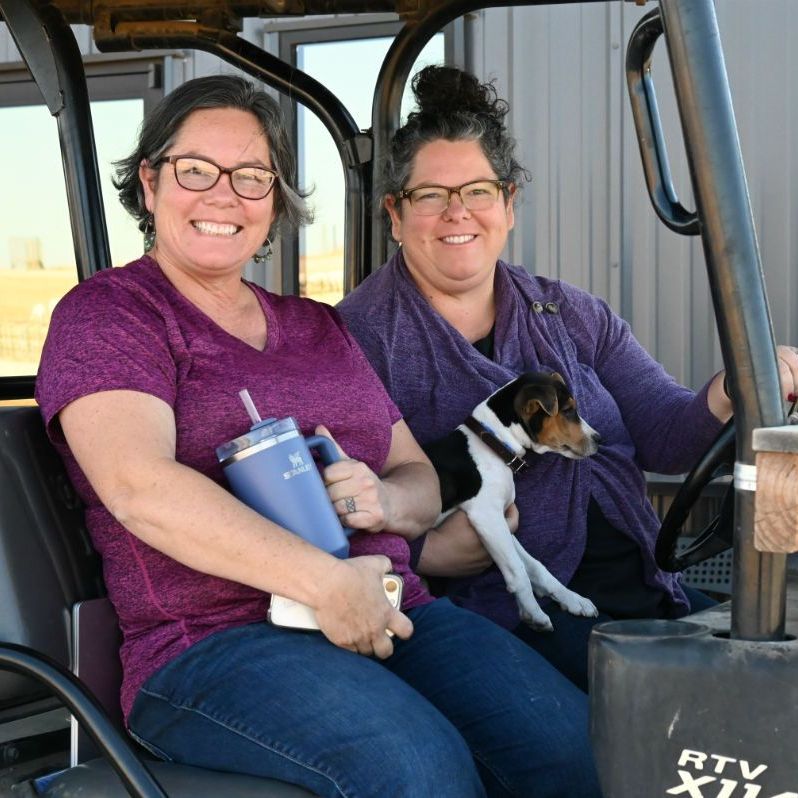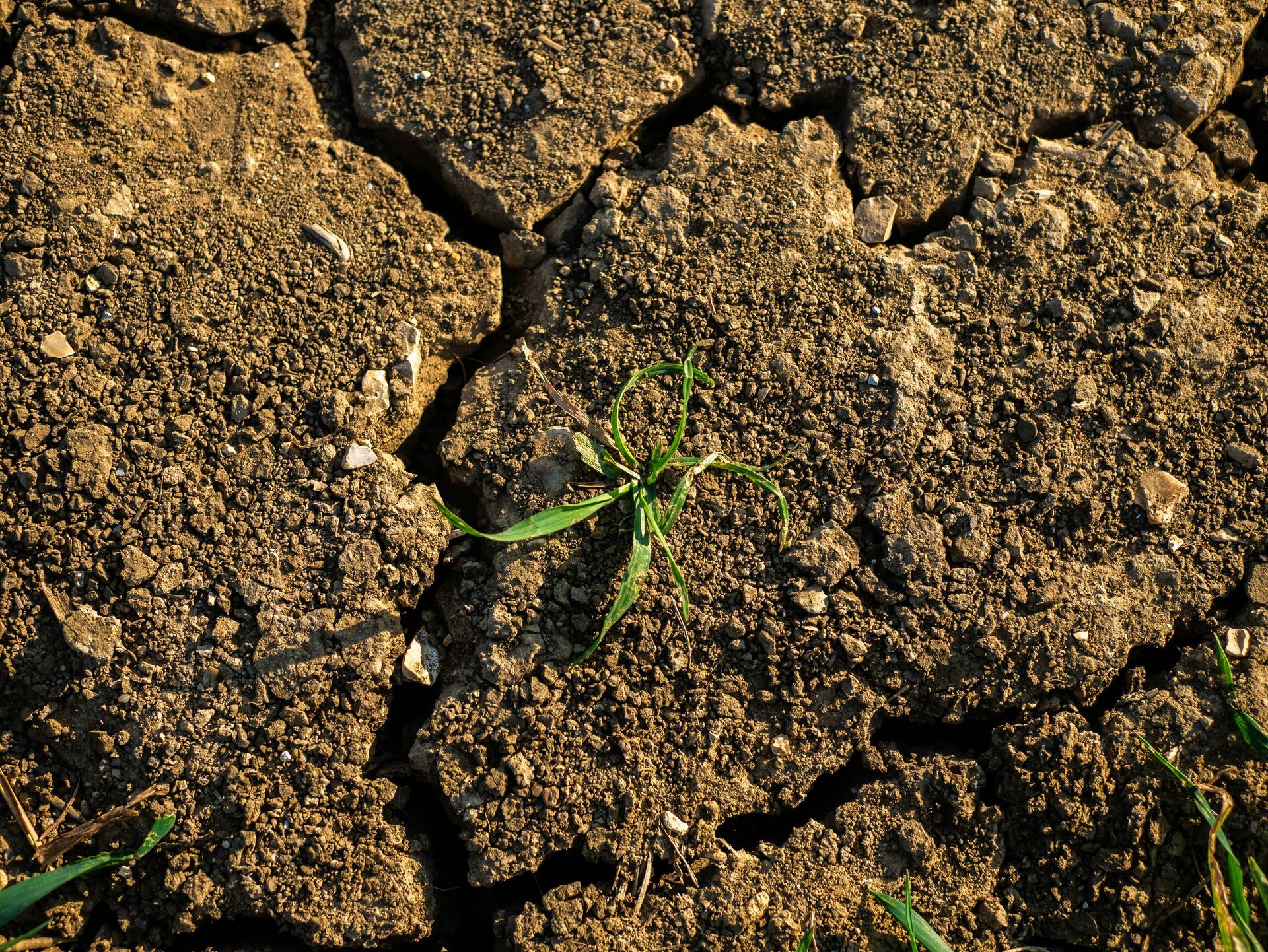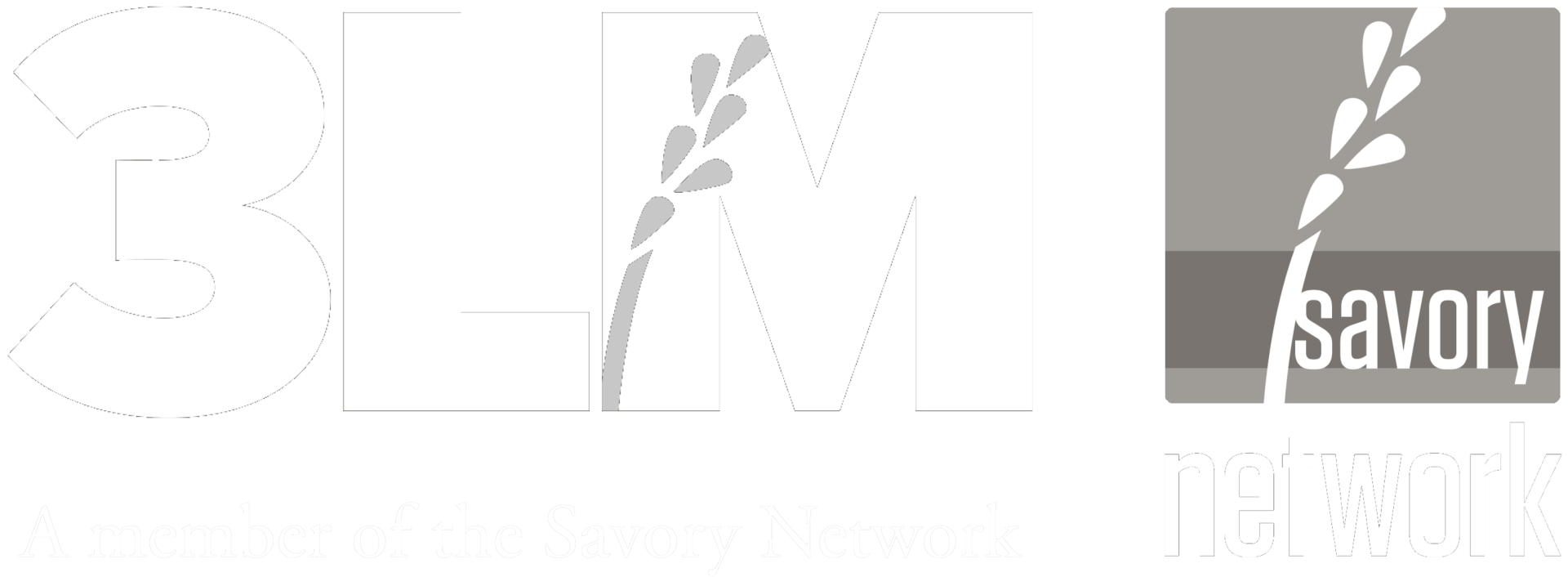Bring land back to life by working with nature
CSA Founder Fergal Smith spoke with us about how holistic management is leading to better quality decisions.
3LM: What made you curious about Holistic Management?
Fergal: Five years ago, Moy Hill Community Farm started off with a 1/2 acre community garden, and through several recent land acquisitions, we are now up to 67 acres. I’ve always been interested in how the market garden fits in with the larger landscape. I’ve wanted to have more of an understanding of land management and how it all works together.
3LM: You just started learning Holistic Management this year. Have you used it to test any decisions?
Fergal: Yes. We got my dad’s polytunnel this year, and we had planned to put it on the old market garden. But then we thought, should we put it on the new land? Then we decided to use the Context Check Questions , and it didn’t make any sense to put the polytunnel on the old garden. It became very clear that it was better used on the new land. But we couldn’t wrap our human minds around it prior to testing the decision. So we’ll be digging up the poles next week.
3LM: What will you gain from this new course of action?
Fergal: Putting a polytunnel on poor boggy land, means you make it good land. But if you put a polytunnel on good dry land, you make it for things that are rare to grow here like Mediterranean crops such as tomatoes and cucumbers. They’ll be in the land they actually want to be in.
3LM: What else have you learned since you began practicing Holistic Management?
Fergal: In creating our holistic context, we’ve found that the real innovative skills we’re going to offer in farming is our social inclusion, the way we work with community, and the way we work with each other. That’s what’s new in this country and in farming.
There are plenty of people growing better food than us. We work with 30 volunteers a week. We had 12 different music events last summer. It brings a whole other dynamic to the farm. The unique skill that we bring is working with people.
There are ideas in the pipeline like a healing centre, co-housing and a farm school. Two architects are working with us on the co-housing now. We’re going to start a farm school for our children and invite other children to attend. All these things will only work if we have the right foundation, which is good food grown on regenerating soil that’s getting healthier every year.
3LM: What initially inspired you to start your CSA?
Fergal: I grew up on my dad’s market garden in Mayo, Ireland. I always enjoyed it and liked doing it. But the main issue was constant work for little income, and being tied to the garden. So I left and travelled the world. I always knew I’d come back to it, but it’s different. There are three other people I can float the work to, which enables me to do other things. I started with a ½ acre community market garden, which set my intention.
This is my 5th year of the community garden. We have a weekly cook-up every Friday with games and music. It’s a free of charge event, and we get a lot of volunteer help. Our purpose is to give back to the community. At 6:00 pm people know food will be here. The kids can play. It opens people up to getting involved and joining the CSA. It’s an entry point for a lot of people.
We got some of the worst land for growing vegetables. How it happened is the community asked us to stay here, and offered us nearby land. So we bought the 17 acres.
3LM: That’s quite a compliment that the community asked you to stay. How’s it gone since you acquired the 17 acres?
Fergal: It wasn’t farmed for 30 years, and a lot of it is blanket bog and heather bog. But there’s a 2-acre field in there that was a market garden. It was all nicely drained. But all the drains were blocked. It was a swamp. We re-opened the drains, dried parts of the field, and did a raised no-dig bed system, and it’s worked to feed people. It’s been a story to show people what can be done with poor quality land to feed 50 families. It shows that anything’s possible.
Last year this old farm next to us went for sale. We had no money to buy it. When we heard it was going to get bought by forestry, and to be planted with thick spruce we knew we didn’t want that kind of plantation in our community. We outbid them to stop the sale. We put a bid in above the forestry. Because they’re not personally connected, as soon as it went a little bit higher they backed off. We got 17 loans off friends and family, plus a bank loan, plus crowd-funding. We’ve paid the bank loan off in a year, and then over the next years we’ll pay off our friends and family.
3LM: What’s the big vision you’re carrying?
Fergal: When I was a professional surfer in Tahiti, I decided I wanted to go home, but I didn’t want to just be a market gardener. I wanted to supply not just their courgettes and salad, but their eggs, meat, milk, and fruit, because I want people to have it all from their locality.
70% of our food in Ireland is imported, but not more than 30 years ago, everyone’s whole diet was from the land here. I want to show it’s possible, doable, enjoyable. It’s a lifestyle and a career, a livelihood. I want young people to experience what an an amazing feeling it is to feed your neighbours, regenerate soil, and bring back biodiversity.
The biggest problem we have in Ireland is depression and suicide. Farming has become depressing. But, we want to show that farming can be exciting.
My main motive now is that I have kids. I want a hopeful future for them going forward. If the community around them is still importing food and unhealthy, it’s not going to be a good place for them to grow up. I want them to get involved. I see this farm as having 20 or 30 employees one day. When our CSA is at its capacity, then I hope the farmer next door does the same thing.
3LM: What is your Statement of Purpose?
Fergal: This farm feeds local people, through care, work, listening, learning, skill and cooperation. Loves earth through humility and regenerating landscapes. And inspires by being joyful, functional, beneficial, financially stable model of a regenerative community.
3LM: So well-expressed. Thank you Fergal.
